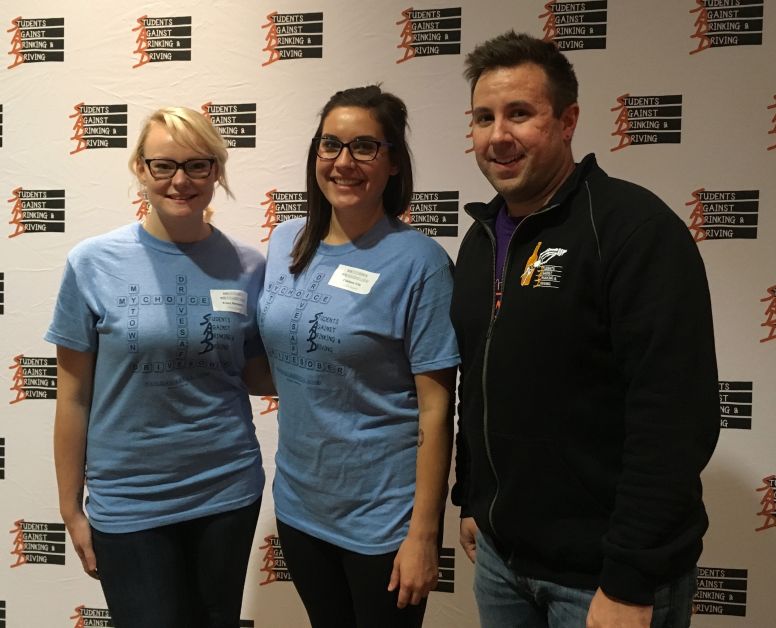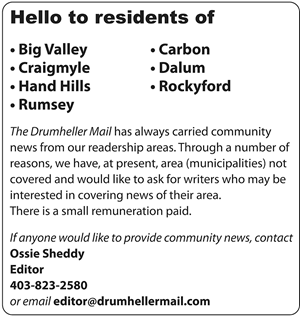
Just as the Wheatland Regional Corporation broke ground on the first phase of its regional water project, they learned they have been approved for the next phase.
On Wednesday, November 9, the Corporation officially signaled the beginning of it’s regional water project to bring a reliable supply of potable water to surrounding communities.
The project is a regional collaboration of Wheatland County and surrounding communities including Gleichen, Standard, Hussar and Rockyford.
“We have a great partnership between those municipalities right now,” said Darcy Burke, Mayor of Rockyford and chair of the Wheatland Regional Corporation. “We have similar interests and want to ensure we have safe and sustainable water for our communities and some of our rural neighbours along that pipeline. “
The water will be supplied by the Western Irrigation District and groundwater near Standard. The first phase of the project includes a water storage reservoir and a raw water line to the Standard Water Treatment Plant. From there, a potable water line will run from Standard to Gleichen.
The project is supported by the provincial Water For Life Program and the Government of Canada through the Clean Water and Wastewater Fund (CWWF).
“Providing clean drinking water to Canadians is essential to keeping our communities healthy and livable,” said the Honourable Amarjeet Sohi, Minister of Infrastructure and Communities. “The Government of Canada recognizes that strategic investments in public infrastructure—such as water infrastructure projects like this one—is essential to growing the middle class and equipping municipalities with the building blocks they need to support a high standard of living for Canadians and their families.”
The first phase of the project has an estimated price tag of $22.3 million and about 94 per cent cost coverage through these grants.
Alberta Minister of Transportation and Minister of Infrastructure, Brian Mason, in a brief statement said, “Our government is proud to support the Wheatland Regional Water Pipeline, an example of leaders coming together in the common interest of their communities. Access to clean drinking water and water-wastewater treatment systems are essential for all Albertans and their quality of life. We will remain focused on investing in Alberta’s public infrastructure, so that our province continues to serve the needs of Albertans today and for generations to come.”
The Wheatland Regional Corporation is now in the position to announce they have received approval for phase 2 of the project. This includes the expansion and upgrade of the Water Treatment Plant in Standard, and a supply line to the Village of Rockyford. This has an estimated price tag of $18.4 million.
Tim Frank, a Corporation board member and Mayor of the Village of Hussar stated, “The Village of Hussar strongly supports Wheatland Regional Corporation. Everything we can do to help our neighbors and fellow communities, we will do. Our hope is for good, clean drinking water for everyone and our wish is to create something special that encourages growth, cooperation and opportunities for all.”
















